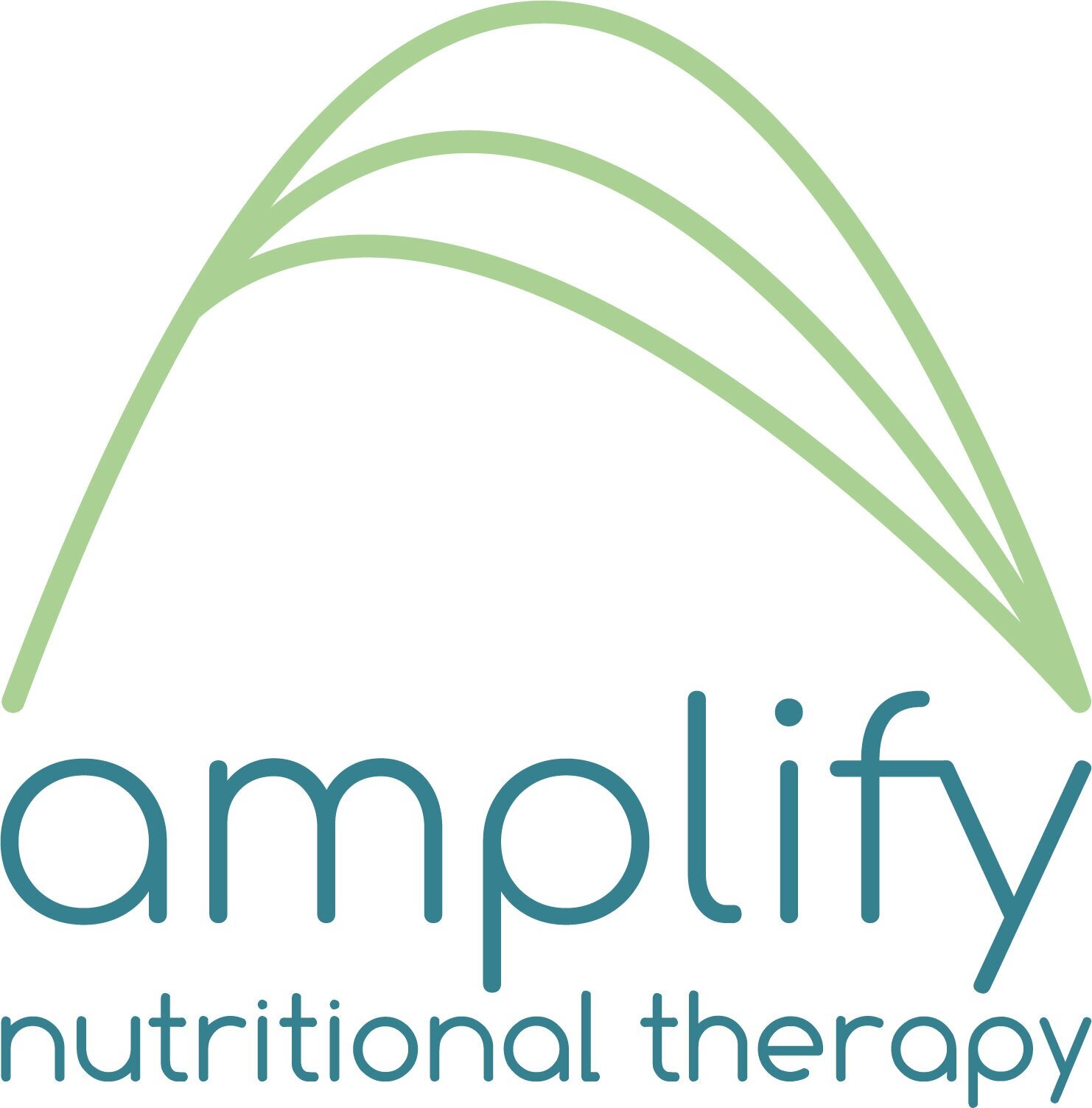Cold and Heat Therapies
In my student days, I studied both lifestyle medicine and nutrition, initially seeing the former as less significant. However, with better research and increased attention from experts like Dr. Rangan Chatterjee, lifestyle medicine (defined as preventative steps to enhance wellbeing) is gaining recognition. Sleep, exercise, as well as nutrition are the fundamental pillars of health. Do these three well and you are winning. Mastering them prioritises well-being over fashionable therapies like breathwork, yoga, and sunlight exposure, which, while beneficial, take a back seat.
One intriguing facet of lifestyle medicine is hormesis, which involves stressing the body to enhance resilience — the notion of "what doesn’t kill you makes you stronger." Like exercise, hormesis, when practiced judiciously, can fortify the body. Saunas and cold water therapies, championed by figures like Wim Hof for his ice plunging, are currently in the spotlight. Both hot and cold therapies stress the body, inducing the production of heat and cold shock proteins. These proteins act as cellular guardians, shielding cells from harm and instigating repair processes. Regular exposure to extreme temperatures may confer immune system benefits and promote long-term health.
Cold therapy, with roots tracing back to ancient Egyptian traditions, leverages cold exposure to mitigate inflammation and pain. Methods such as cold-water immersion and cryotherapy are employed to cool the body, modulate blood flow, and reduce pain perception. Whole-body cryotherapy, characterised by brief exposure to extreme cold, is popular among athletes and individuals seeking pain relief. Winter swimming, a form of cryotherapy, has been practiced for centuries in the Nordics for its health and recreational benefits. Data would suggest that repeated but brief cold exposure strengthens the immune system.
Cold therapy's pain-relieving and anti-inflammatory effects involve hormonal mechanisms. Cold water immersion elevates noradrenaline levels, providing a natural remedy for discomfort and aiding in muscle repair. It proves effective in managing acute injuries, chronic pain conditions, post-surgical pain, headaches, and migraines. Recent research also suggests that cold water exposure may help manage stress and anxiety, offering a holistic approach to well-being.
For stress reduction and immune support, even simple practices like immersing one's face in ice water or ending a shower with a minute of cold water can yield benefits (my own daily habit). Gradually increasing exposure duration is key to adaptation and safety.
Sauna therapy, another ancient practice, offers benefits for sleep, stress reduction, and exercise recovery. Research suggests that frequent sauna use may also improve cardiovascular health, enhancing arterial dilation and reducing arterial stiffness. There are various types of saunas — infrared, steam, dry, and even hot tubs — each with similar benefits, though the quality of research varies.
For optimal results, timing is crucial. Sauna sessions a couple of hours before bedtime can improve sleep quality by facilitating a steeper temperature decline. Post-exercise sauna use aids in recovery, reduces muscle soreness, and preserves muscle integrity. Cardiovascular benefits are maximised with consistent sauna use, ideally 15–30 minutes, 3 to 4 times per week, especially when combined with exercise. If I was time constrained though, I’d choose exercise over sitting in a sauna for two hours a week.
Safety is paramount when engaging in hot and cold therapies. Gradual progression is advised, and individuals with heart conditions should seek medical advice before starting any regimen. Avoiding participation while intoxicated is essential for safety.
In conclusion, hot and cold therapies offer intriguing avenues for enhancing health and well-being. By understanding their mechanisms and integrating them sensibly into one's lifestyle, individuals can harness their potential benefits while prioritising safety and holistic wellness.
Yours truly in a cryochamber at minus 135 deg C
References
Dr. Susana Soeberg. Retrieved February 2024 https://soeberginstitute.com/pages/for-instructors
Laukkanen et. al. (November 2019). Sauna bathing is associated with reduced cardiovascular mortality and improves risk prediction in men and women: a prospective cohort study. https://www.ncbi.nlm.nih.gov/pmc/articles/PMC6262976/
Hagheyegh et. al. (August 2019). Before-bedtime passive body heating by warm shower or bath to improve sleep: A systematic review and meta-analysis. (https://www.sciencedirect.com/science/article/abs/pii/S1087079218301552?via%3Dihub
Scoon et.al. (August 2007) Effect of post-exercise sauna bathing on the endurance performance of competitive male runners. https://www.sciencedirect.com/science/article/abs/pii/S1440244006001393
Ahokas et. al. (March 2023). A post-exercise infrared sauna session improves recovery of neuromuscular performance and muscle soreness after resistance exercise training. https://www.termedia.pl/A-post-exercise-infrared-sauna-session-improves-recovery-of-neuromuscular-performance-and-muscle-soreness-after-resistance-exercise-training,78,47765,0,1.html


